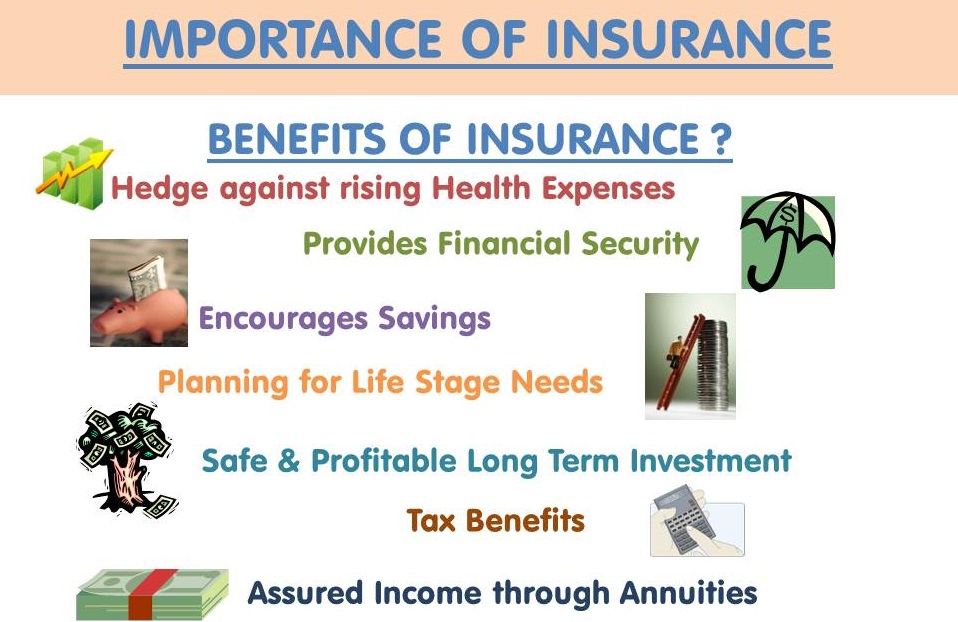The Ultimate Guide To Pacific Prime
Pacific Prime Fundamentals Explained
Table of ContentsPacific Prime Things To Know Before You Get This4 Easy Facts About Pacific Prime ShownIndicators on Pacific Prime You Need To KnowEverything about Pacific Prime
In many states, the insurer is required to send you a copy of the changes to your policy. It is essential that you check out Endorsements or Motorcyclists so you comprehend exactly how your policy has changed and if the plan is still ample to fulfill your demands. To acquire a copy of your insurance policy, please call your insurance policy representative or business.
The Institute of Medicine (IOM) Committee on the Effects of Uninsurance launches an extensive exam of proof that addresses the relevance of wellness insurance coverage with the publication of this report. Coverage Issues is the very first in a series of 6 records that will be issued over the following two years documenting the fact and effects of having an approximated 40 million individuals in the United States without medical insurance coverage.

Unknown Facts About Pacific Prime
The goal of this series of research studies is to redouble plan attention on a historical trouble. Complying with the longest financial development in American background, in 1999, an approximated one out of every 6 Americans32 million grownups under the age of 65 and even more than 10 million childrenremains uninsured (Mills, 2000).

10 percent of the population represent 70 percent of healthcare expenses, a correlation that has actually continued to be constant over the past 3 years (Berk and Monheit, 2001) - maternity insurance for expats. Hence health insurance continues to serve the feature of spreading out threat even as it increasingly funds routine care. From the perspective of health and wellness treatment service providers, insurance coverage brought by their individuals aids safeguard a revenue stream, and communities take advantage of monetarily viable and steady healthcare experts and institutions
Federal government provides medical insurance to populaces whom the exclusive market might not serve successfully, such as impaired and elderly individuals, and populations whose access to healthcare is socially valued, such as kids and expecting ladies. The supreme ends of medical insurance protection for the private and neighborhoods, including workplace communities of staff members and employers, are boosted health end results and lifestyle.
The Ultimate Guide To Pacific Prime
Workers rate wellness insurance policy initially without a doubt in value among all the advantages used in the office (Salisbury, 2001). Although there have actually been sizable financial investments of individual and public funds to offer medical insurance, many people still have no coverage. Despite comprehensive coverage of study searchings for and healthcare research study results, the general public stays confused and misinformed regarding Americans without medical insurance and the ramifications of lacking coverage.

Without doubt, the complexity of American healthcare funding devices and the wealth of sources of information add to the general public's complication and apprehension regarding medical insurance stats and their interpretation. This report and those that will comply with goal to boil down and provide in readily reasonable terms the extensive research that bears upon questions of health insurance coverage and its value.
Fifty-seven percent of Americans surveyed in 1999 thought that those without medical insurance are "able to get the care they require from doctors and health centers" (Blendon et al., 1999, p. 207). In 1993, when national interest was concentrated on the troubles of the uninsured and on pending healthcare legislation, just 43 percent of those surveyed held this idea (Blendon et al., 1999).

They additionally get fewer preventive services and are less likely to have regular take care of persistent conditions such as high blood pressure and diabetes mellitus. Chronic diseases can bring about expensive and disabling problems if they are not well managed (Lurie et al., 1984; Lurie et al., 1986; Ayanian et al., 2000). One nationwide study asked more than 3,400 grownups regarding 15 highly major or dark conditions.
Not known Factual Statements About Pacific Prime
Additional proof is offered later in this chapter in the conversation of insurance policy and access to wellness care. https://www.goodreads.com/user/show/177010401-freddy-smith. Individuals without medical insurance are young and healthy and balanced and select to go without insurance coverage. Nearly half (43 percent) of those surveyed in 2000 believed that individuals without medical insurance are more probable to have health issues than individuals with insurance coverage
Citizens and policy manufacturers in emphasis group conversations characterize those without insurance coverage as youths who have the possibility to be covered and feel they do not need it (Concierge Novelli, 2001). Compared to those with a minimum of some exclusive protection, the without insurance are less most likely to report remaining in outstanding or excellent health and wellness (Agency for Health Care Study and Quality, 2001).
SOURCE: Facility for Price and Financing Research Studies, Agency for Health Care Study and Quality, based on MEPS information. Young person between 19 and 34 are even more most likely to lack medical insurance than any other age. This is mainly due to the fact that they are less commonly qualified for employment-based insurance as a result of the nature of their task or their brief period in it.
The assumption that people without insurance coverage have better-than-average health and wellness adheres to from confusing the reasonably young age profile of the uninsured with the better health, on average, of younger persons. This obscures the link between health status and health insurance. find this For those without access to workplace health insurance, poor health is a potential obstacle to acquiring nongroup insurance coverage due to the fact that such insurance coverage might be extremely priced, omit preexisting conditions, or be merely unavailable.